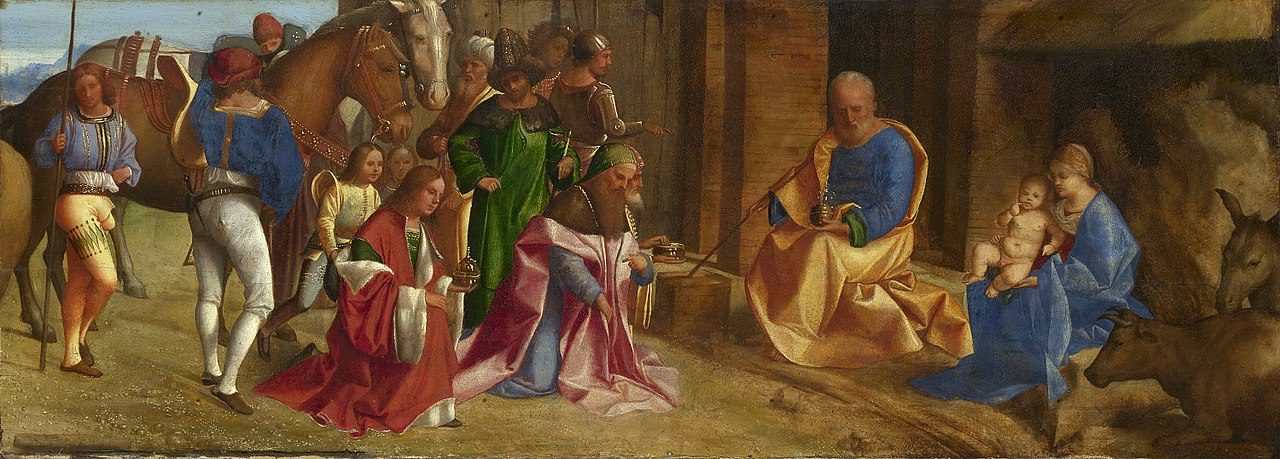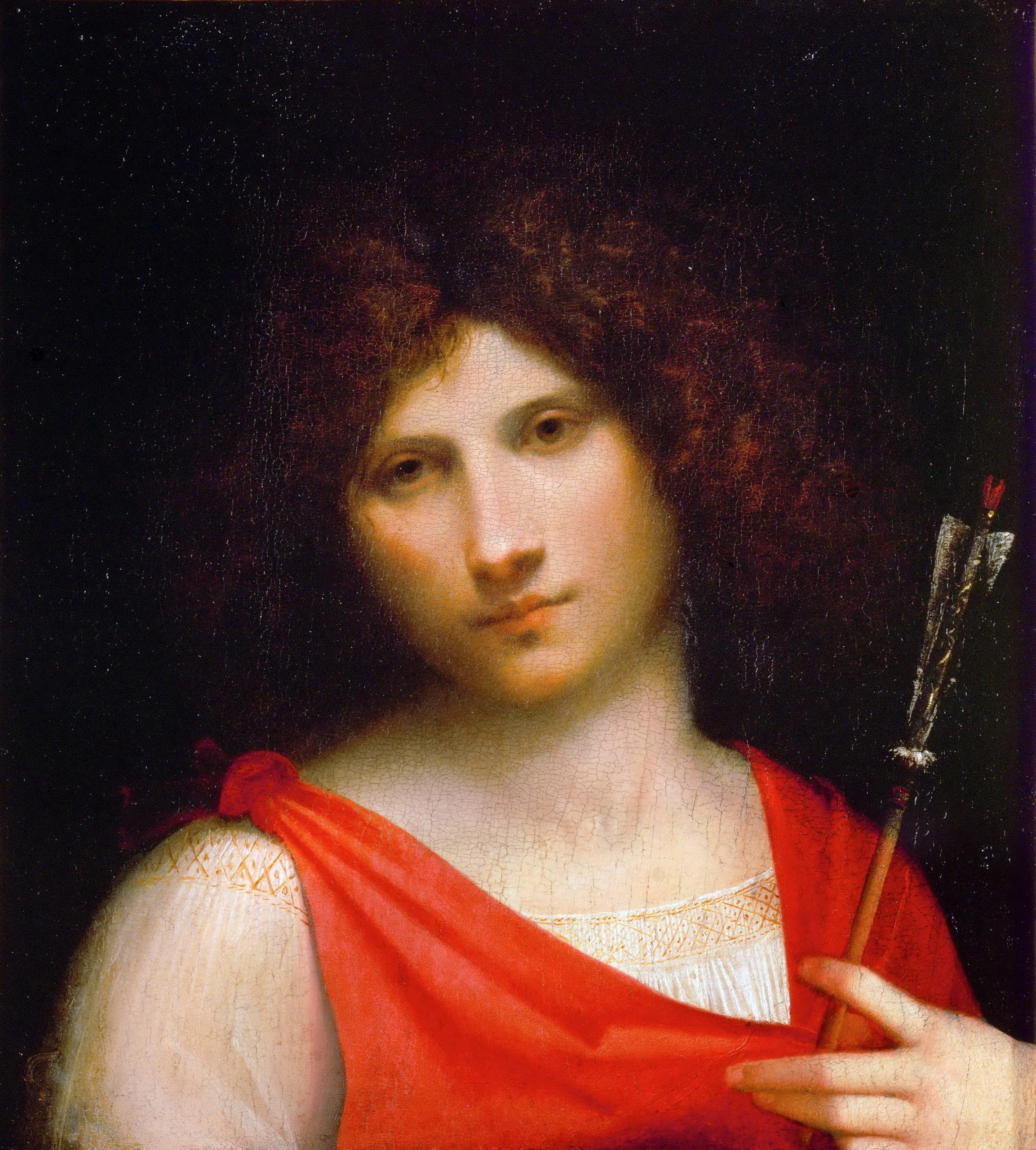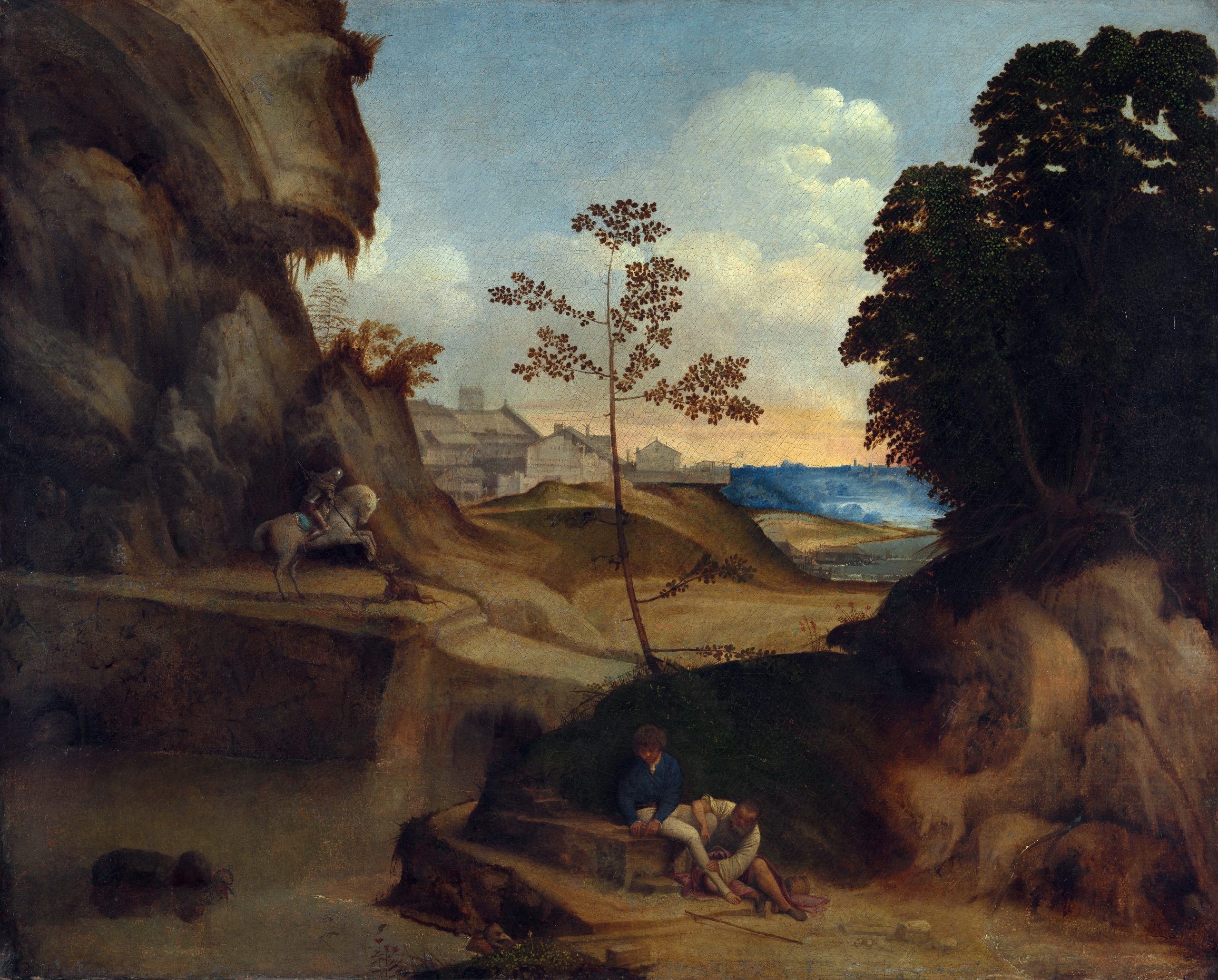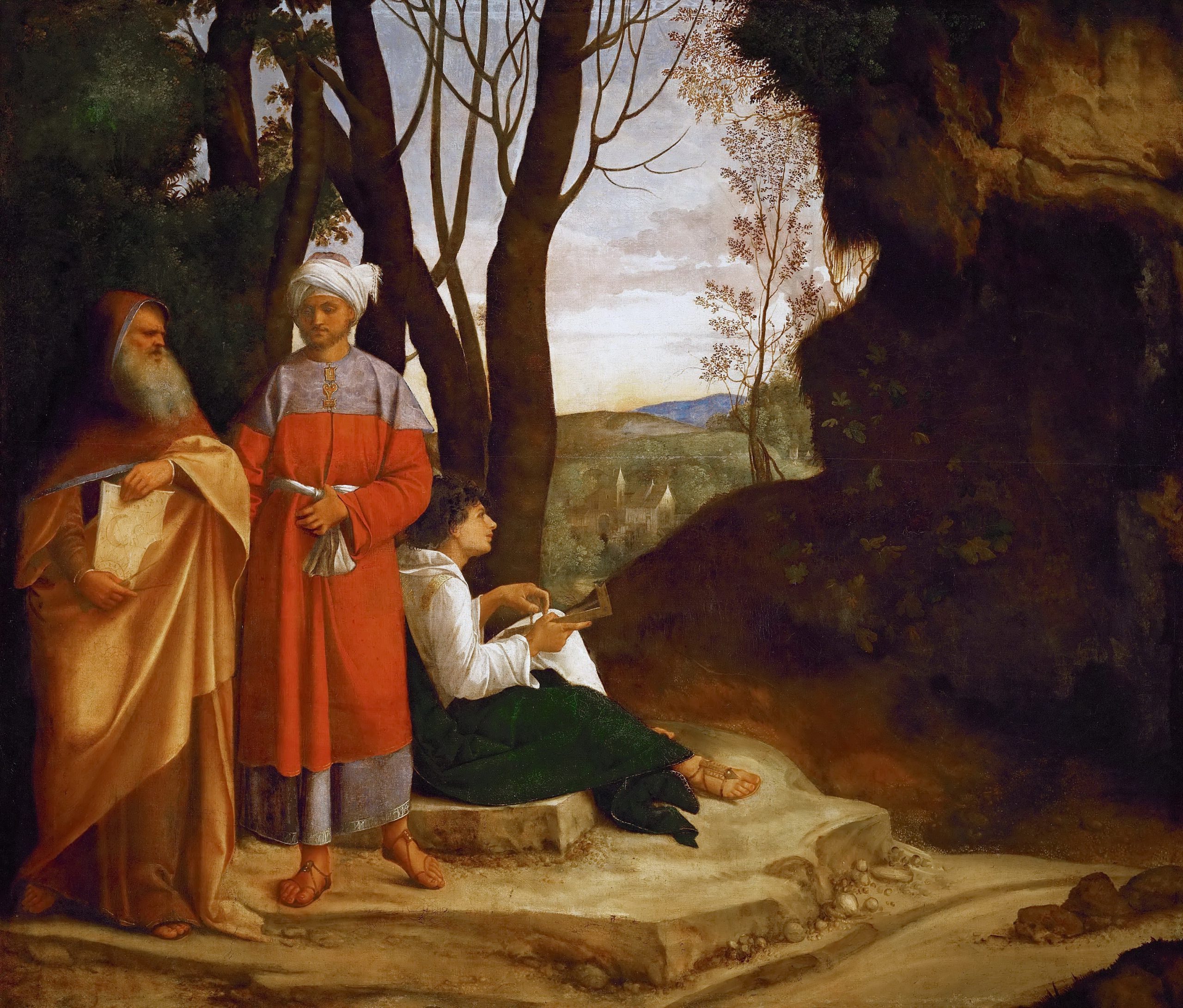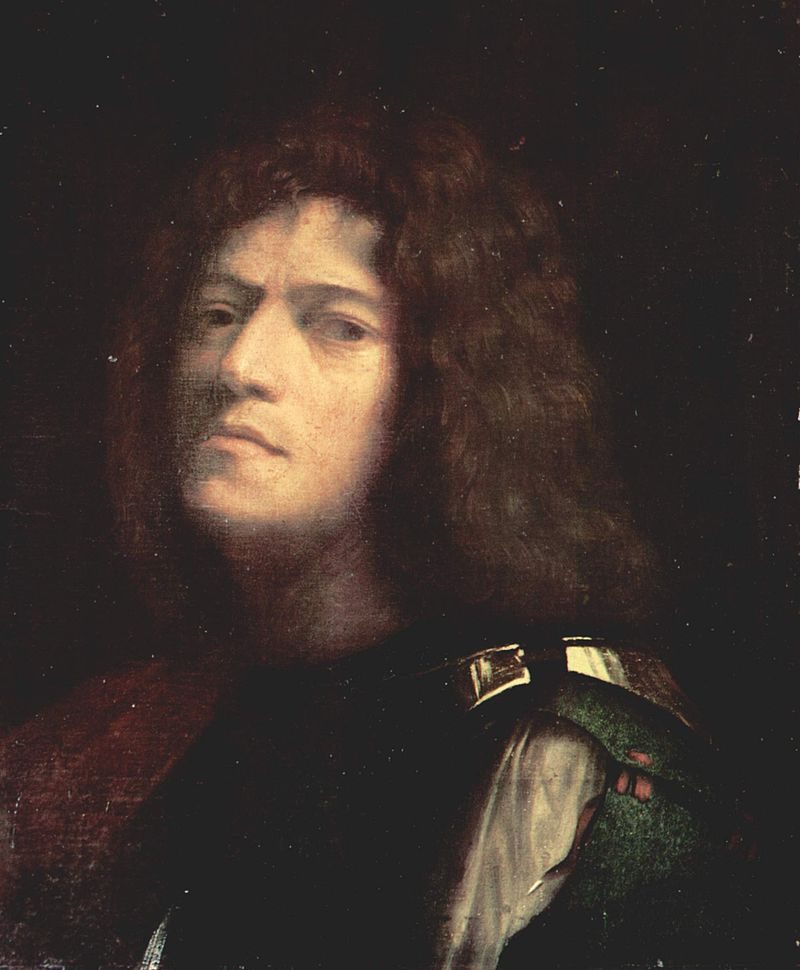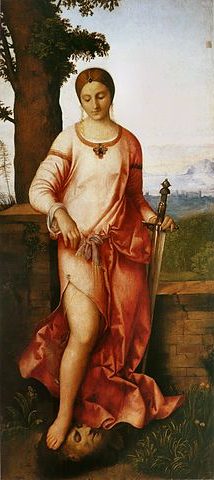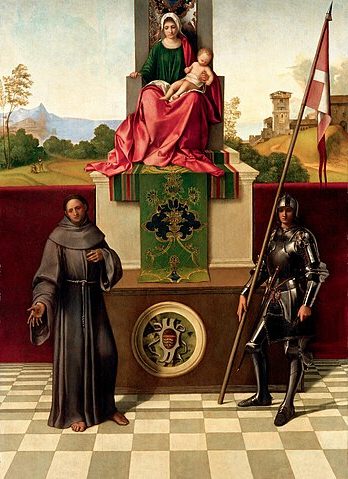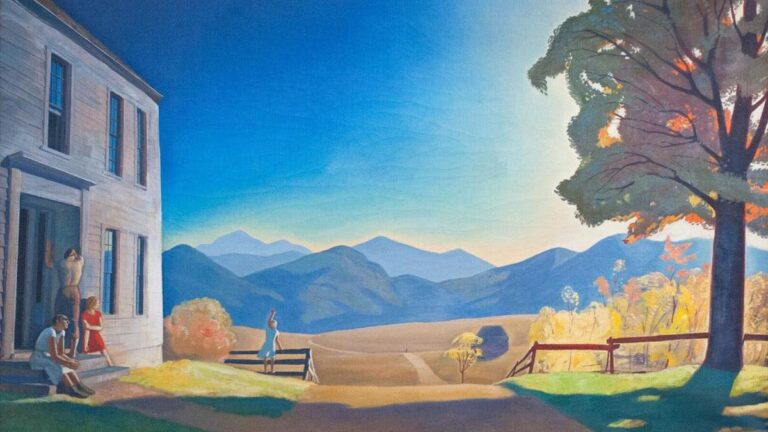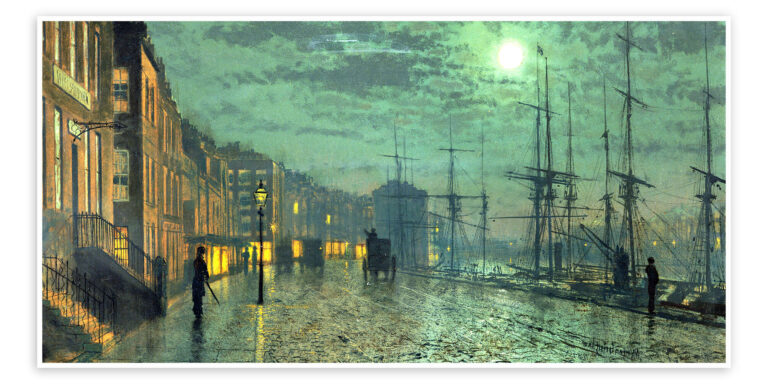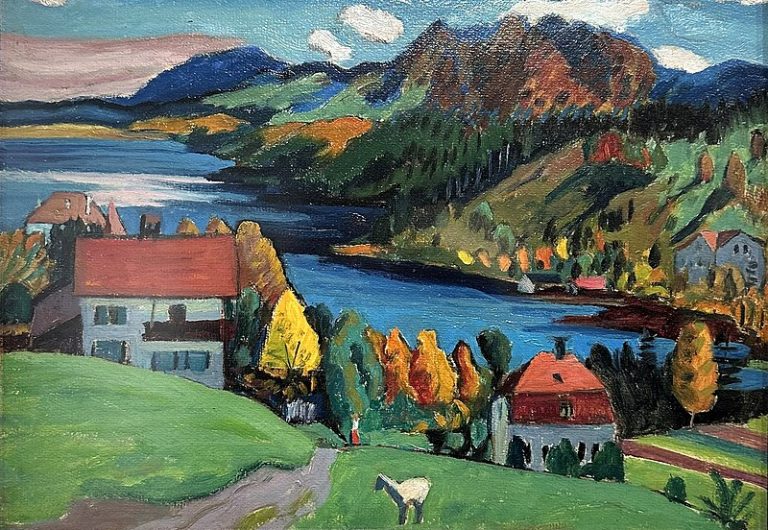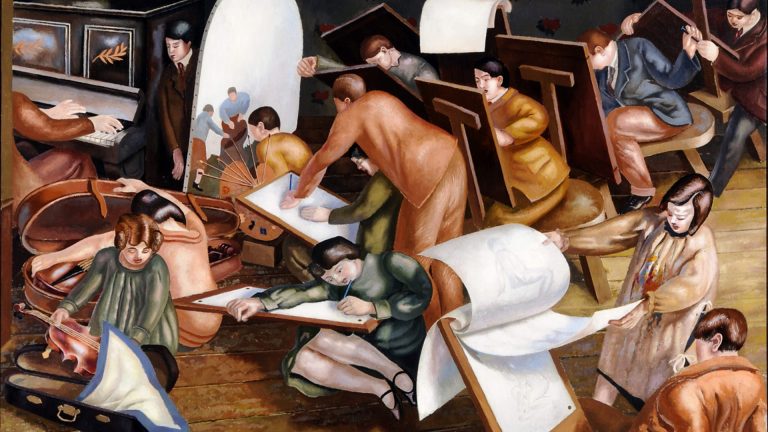Giorgione Painter: Renaissance Master of Venetian Art
Born: 1477–78 or 1473–74, Castelfranco Veneto, Republic of Venice
Death: 1510, Venice, Republic of Venice
Art Movement: High Renaissance
Nationality: Italian
Influenced by: Giovanni Bellini
Giorgione Painter: Renaissance Master of Venetian Art
Life and Education of Giorgione
Giorgione’s short but influential life shaped the course of Venetian painting. He trained under a master and developed a unique style that left a lasting impact on Italian Renaissance art.
Early Life in Castelfranco Veneto
Giorgione was born around 1477 in Castelfranco Veneto, a small town near Venice. His full name was Giorgio Barbarelli da Castelfranco. Little is known about his family or early childhood.
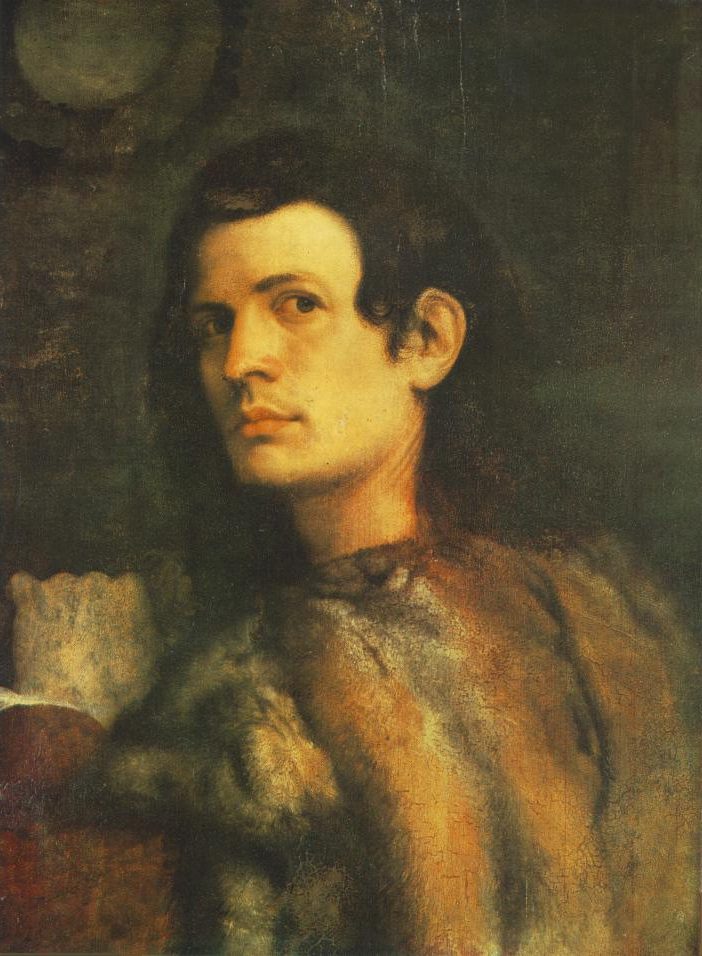
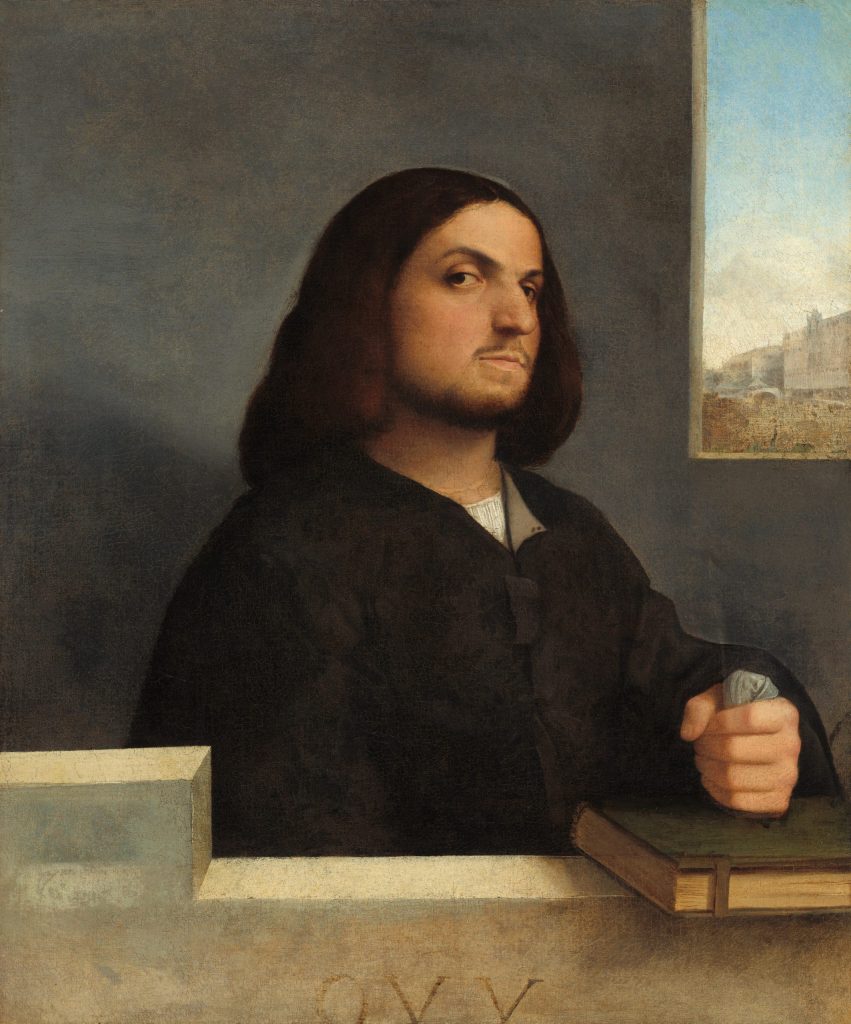
Castelfranco Veneto was a picturesque walled town. Its scenic beauty may have inspired Giorgione’s later landscape paintings.
As a boy, Giorgione likely showed artistic talent. This led to his move to Venice to study painting.
Training Under Giovanni Bellini
In Venice, Giorgione became an apprentice to Giovanni Bellini. Bellini was a leading Venetian painter of the time.
Bellini taught Giorgione the techniques of oil painting. He also introduced him to new styles of portraiture and religious art.
Giorgione learned to use rich colors and soft lighting. These became key features of his mature work.
During his training, Giorgione met other young artists. This included Titian, who became his friend and rival.
Giorgione’s Influence on Venetian Painting
Giorgione developed a unique painting style. He used loose brushstrokes and atmospheric effects. This approach was new in Venetian art.
His works featured mysterious scenes and poetic landscapes. They often lacked clear narratives, inviting viewers to interpret them.
Giorgione’s style influenced many later Venetian painters. This included Titian and Sebastiano del Piombo.
His innovative techniques helped shape the High Renaissance in Venice. They paved the way for more expressive and emotional art.
Masterpieces and Artistic Style
Giorgione created groundbreaking works that shaped Venetian Renaissance painting. His innovative techniques and enigmatic subjects left a lasting impact on art history.
Signature Works
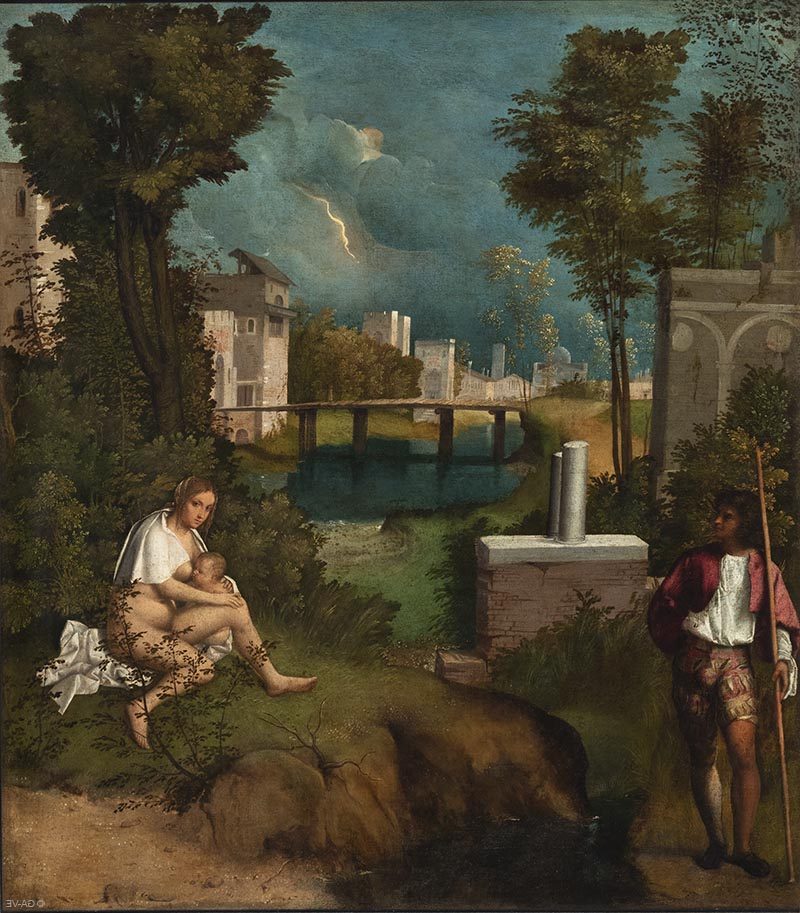
The Tempest (c. 1508), Gallerie dell’Accademia, Venice, Italy
“The Tempest” stands as Giorgione’s most famous painting. This mysterious work shows a soldier and a nursing mother in a stormy landscape. Its meaning remains debated by scholars to this day.
“Sleeping Venus” introduced the reclining nude figure to Western art. This painting inspired many later artists, including Titian.
“Three Philosophers” showcases Giorgione’s skill in portraying mood and atmosphere. The painting features three men of different ages in a natural setting.
Other notable works include “Pastoral Concert” and “Adoration of the Shepherds.”
Innovations in Techniques
Giorgione pioneered new painting methods that became hallmarks of Venetian art. He used oil paints to create soft, glowing effects on canvas.
His mastery of color and light set him apart from other artists of his time. Giorgione applied thin layers of paint to achieve a dreamy, atmospheric quality in his works.
He also developed the technique of sfumato, which blends colors and tones to create a hazy effect. This method adds depth and mystery to his paintings.
Collaborations and Attributions
Giorgione often worked with other artists, making it hard to tell which parts of a painting are his. He collaborated closely with Titian, who finished some of Giorgione’s works after his death.
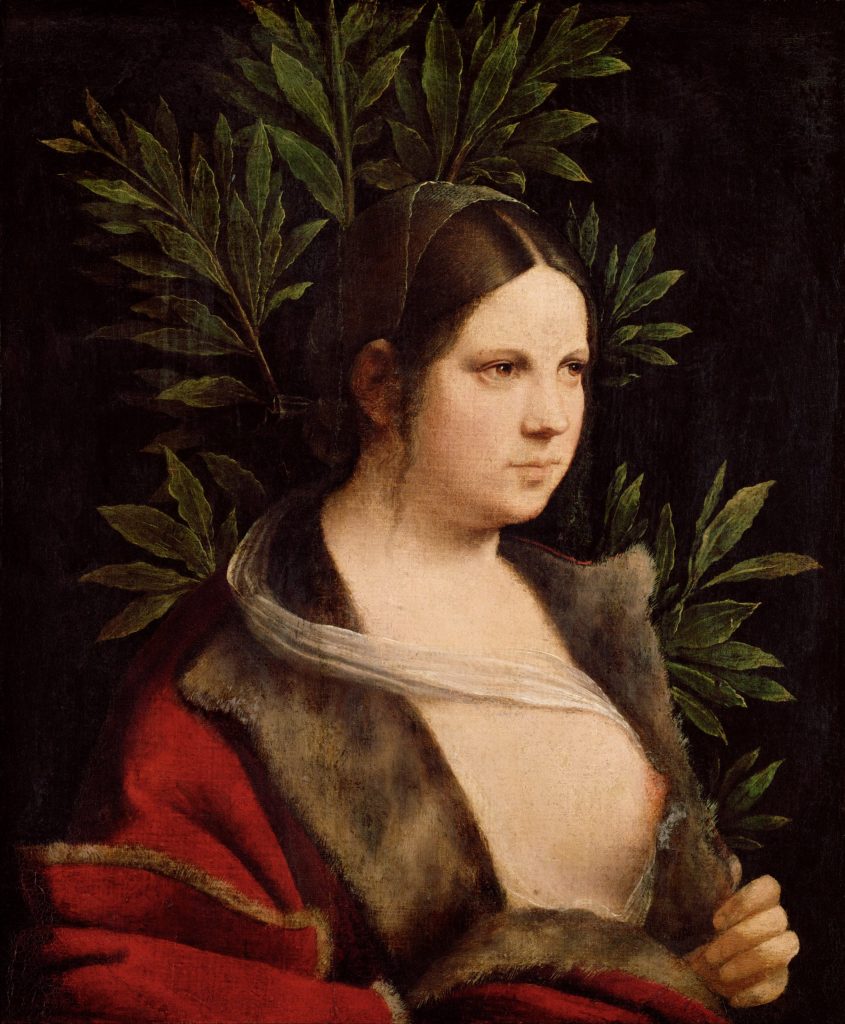
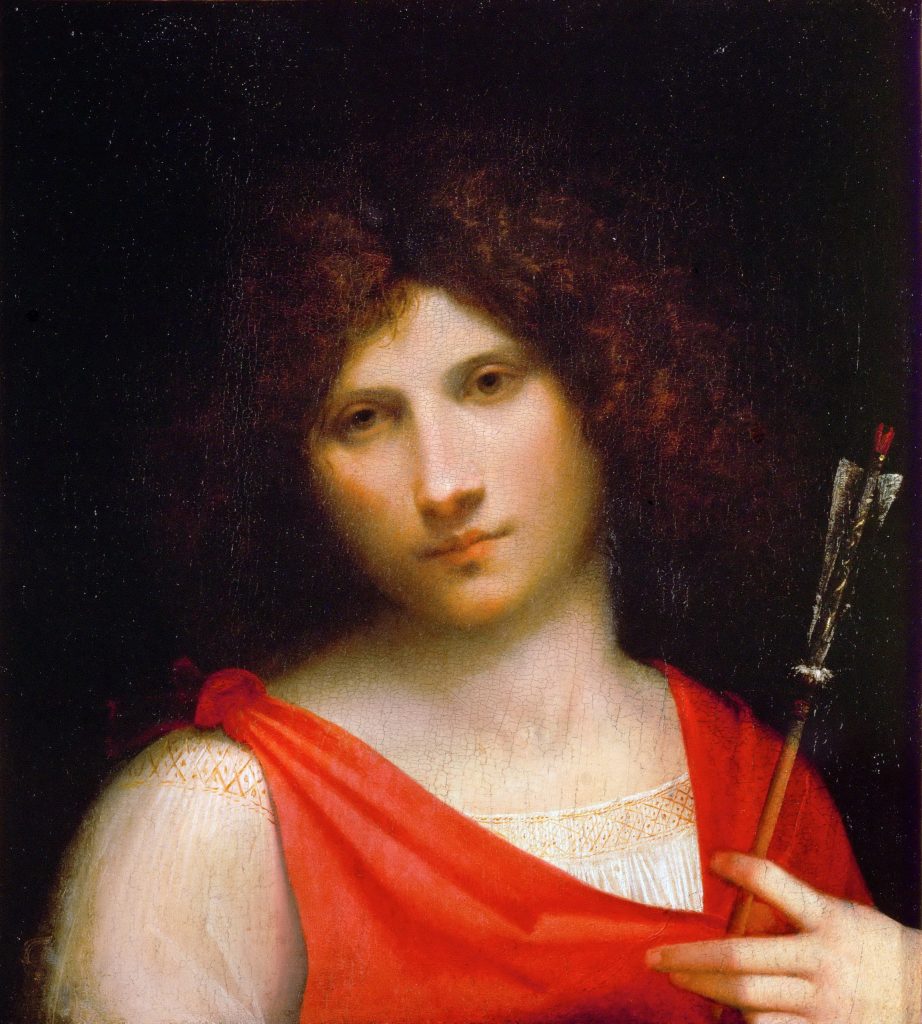
Many paintings have unclear authorship due to these collaborations. Art historians still debate whether certain works should be credited to Giorgione or Titian.
Some disputed pieces include “Portrait of a Gentleman,” “Judith,” and “Laura.” Experts use style analysis and technical studies to try to resolve these attribution questions.
Legacy and Impact
Giorgione left an indelible mark on Renaissance art. His innovative style and techniques shaped the course of Venetian painting and influenced generations of artists.
Influence on Contemporary Artists
Giorgione’s work had a profound effect on his peers and successors. Titian, his pupil and collaborator, adopted Giorgione’s soft modeling and atmospheric effects. Sebastiano del Piombo also learned from Giorgione’s style.

Il Tramonto, London
These artists carried Giorgione’s innovations forward, spreading his influence throughout Italy and beyond. His poetic approach to painting inspired many to explore mood and mystery in their works.
Giorgione’s legacy can be seen in the paintings of later Venetian masters. His use of color and light became hallmarks of the Venetian school of painting.
Preservation and Display in Museums
Today, Giorgione’s rare surviving works are treasured by major museums. The Hermitage Museum in St. Petersburg houses his famous “Judith” painting. The National Gallery in London displays “Il Tramonto” (The Sunset).
Venice’s Gallerie dell’Accademia showcases “La Tempesta” (The Tempest), one of Giorgione’s most famous and enigmatic works. The Doge’s Palace in Venice also contains paintings attributed to him.
Museums work to preserve these fragile masterpieces. Special care is taken with lighting and climate control to protect the paintings for future generations.
Recognition in Art History
Art historians consider Giorgione a key figure in the development of Renaissance art. Giorgio Vasari praised him in his influential book “Lives of the Artists.”


Giorgione is credited with helping to establish the High Renaissance style in Venice. His poetic approach to painting set him apart from his Florentine contemporaries like Leonardo da Vinci.
Scholars continue to study Giorgione’s limited body of work. His paintings are analyzed for their technical innovations and emotional depth. Art history texts often highlight Giorgione’s role in shaping European art.
Frequently Asked Questions
Giorgione made significant contributions to Renaissance painting. His unique style and techniques influenced many artists who came after him.
What is the significance of ‘The Tempest’ in Giorgione’s body of work?
‘The Tempest’ is one of Giorgione’s most famous paintings. It shows a woman nursing a baby and a man standing nearby. The exact meaning of the painting is unclear.
Some think it shows Adam and Eve in the Garden of Eden. Others see it as a symbol of nature’s power. The mystery adds to the painting’s appeal.
What notable techniques did Giorgione contribute to the Renaissance painting style?
Giorgione used soft brushstrokes to create a dreamy atmosphere. He was known for his skill with color and light.
His paintings often had a poetic quality. He focused on mood and emotion rather than just accurate details.
In what ways did Giorgione influence his contemporaries and successors in the art world?
Giorgione helped create the Venetian High Renaissance style. His use of color and light inspired many other painters.
Titian, a famous artist, worked with Giorgione. Titian’s early works show Giorgione’s influence. Many later artists also copied Giorgione’s style.
Can you detail the characteristics that distinguish Giorgione’s watercolor works?
Giorgione did not create watercolor paintings. He worked mainly with oil paints on canvas or wood panels.
His oil paintings had a soft, blended look that some might mistake for watercolor. This effect came from his careful layering of paint.
What are the key elements of Giorgione’s artistic brand or signature style?
Giorgione’s style included rich colors and soft lighting. He often painted landscapes with small figures.
His work had a mysterious quality. He rarely explained the stories behind his paintings. This added to their charm and appeal.
Who are some of the notable pupils that studied under Giorgione?
Titian was Giorgione’s most famous student. He went on to become a major Renaissance artist.
Sebastiano del Piombo also learned from Giorgione. He later worked in Rome and became well-known there.

